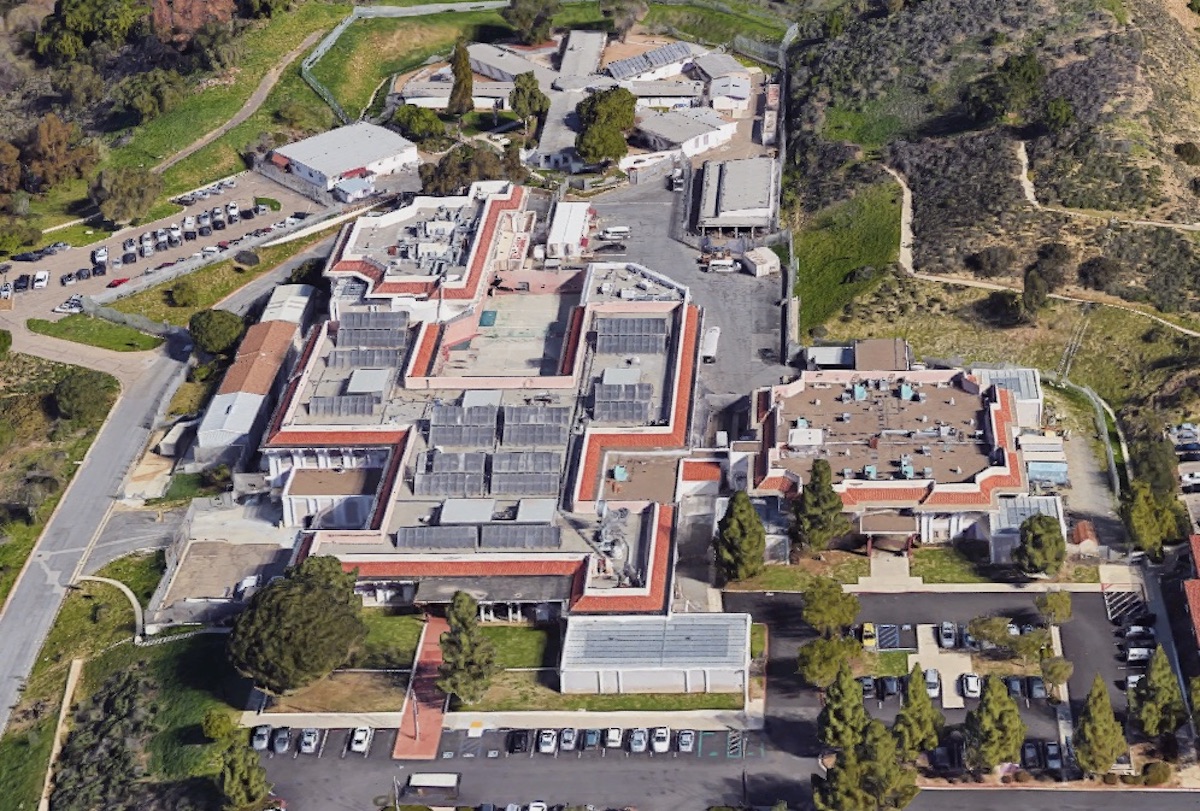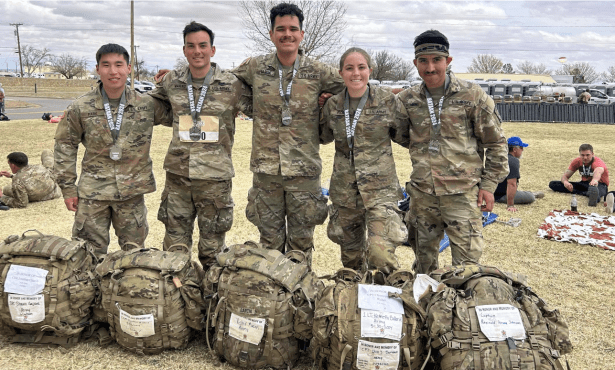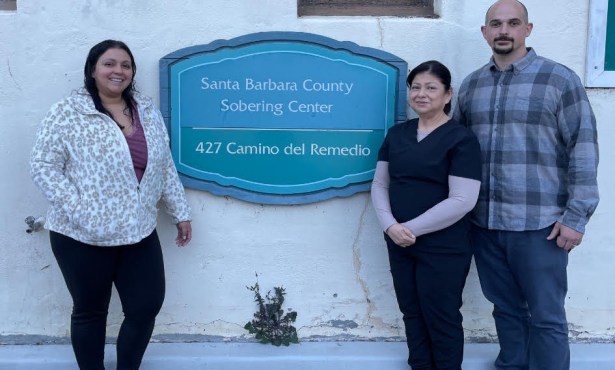Coroner’s Report Finds No Foul Play in Inmate’s Death at Santa Barbara County’s Main Jail
Autopsy Report Offers a Glimpse into Jonathan Paul Thomas’s Final Moments in Custody

Released more than four months after Jonathan Paul Thomas died in Santa Barbara County’s Main Jail in January, an autopsy report obtained by the Independent concluded that there was no foul play leading to his death but offers a glimpse into Thomas’s final moments, from being arrested for domestic violence in Santa Maria to being pronounced dead a half hour after arriving at the South County jail.
At the time of Thomas’s death, the jail was smack in the middle of one of the biggest COVID outbreaks among county jails in the state, with over quarter of the jail’s inmates testing positive for the coronavirus in just over two months. The population, which had been slashed down to 500 during the pandemic, had grown back above 700, and advocacy groups like Clergy and Laity United for Economic Justice (CLUE) and the League of Women Voters of Santa Barbara were pushing for safer conditions and access to mental health care inside the Main Jail and the newly opened North County Jail.
The announcement of Thomas’s death — naked, alone, facedown, and handcuffed in a single-occupancy “safety” cell — raised concerns among advocacy groups at the time, leading to a community “vigil” at the courthouse and demands for an explanation of the incident. This report is the result.
The autopsy, signed by Santa Barbara County Sheriff’s Deputy and Coroner’s Detective Chad Biedinger, ruled Thomas’s official cause of death as “sudden death due to the combined effects of morbid obesity, dilated cardiomyopathy, acute methamphetamine intoxication, active resistance, and restraint.”
According to Biedinger’s report, Thomas arrived at the Main Jail around 1:30 a.m. During the intake process, he was heard to make “suicidal statements,” resulting in his being moved to a single-occupancy safety cell. Following jail procedure, custody deputies were to remove his clothing to prevent him from injuring himself.
“The safety cell did not have any utilities in it, meaning no toilet, chair, or bench, and it had only one door for entrance and exit,” the report read.
Once inside the concrete cell, Biedinger reported that Thomas “became resistive” while two custody deputies held his handcuffed arms, and a third began to remove his pants. Thomas, who was nearly 320 pounds, required three sets of handcuffs and at least three custody deputies to be restrained, with several more deputies entering the cell when he began to twist his arms and torso.
Biedinger’s report describes the surveillance video from the safety cell, which shows the view from the ceiling of the cell facing the floor, along with video from the intake and hallway areas leading to the cell. “From the vantage angle of the surveillance camera,” he writes, Thomas appeared to be “actively resistant, with him moving his arms, torso, and legs about” as the custody deputies attempted to restrain him.
“None of the custody deputies appeared to be putting pressure or their bodies on his upper torso as he was restrained,” the report states, with one custody deputy controlling Thomas’s left arm, another holding his right, and a third controlling his legs and feet.
Sign up for Indy Today to receive fresh news from Independent.com, in your inbox, every morning.
Once Thomas’s pants were removed, deputies removed his shirt, and then he was “helped to the floor of the safety cell” by deputies who placed him face down. “Based on the images I viewed, he appeared to be actively resistive to deputies, moving around as they tried to remove the handcuffs,” Biedinger said.
The time frame is not specified in the report, with phrases like “a few minutes later” or “after a period of time” being used to describe the time between deputies removing Thomas’s clothes, placing him face down, and noticing he was nonresponsive.
According to the description of the video, Thomas was noted as “remaining lying face down, unclothed, and he was no longer actively moving as they all left” the cell. Footage from the hallway cameras shows deputies shut the door and then begin calling through the food tray opening, noticing that Thomas had not moved.
“After a period of time” of him not moving or responding, deputies requested medical response, attempting to resuscitate him, to no avail. At 2:03 a.m., he was pronounced dead.
The autopsy report shows that Thomas, 45 years old, had dilated cardiomyopathy, a condition in which the heart’s main pumping chamber is enlarged and affects the heart’s ability to pump blood to the rest of the body. Coupled with alcohol consumption, drug use, and a smoking habit, the heart condition could lead to severe health problems.
The causes of “active resistance and restraint,” though they may have contributed to the death, were ruled as “anamnestic,” a term typically used to describe the body’s defense reaction to certain antigens such as virus or bacteria. The body’s response to being restrained, exacerbated by a stimulant like methamphetamine, caused Thomas’s heart to suddenly stop.
His death was ruled accidental, with Biedinger finding “no sign of foul play, trauma, or anything suspicious,” with the report repeating that “it did not appear the custody deputies had used unreasonable force to restrain the decedent, nor had they placed their legs or bodies on the decedent’s upper torso during the time.”
The medical examiner found no signs of trauma other than contusions near Thomas’s wrists and knees, likely from being restrained. The autopsy also found several rib and sternum fractures consistent with CPR compression, and evidence of dilated cardiac chambers.
Thomas has no next of kin on the Central Coast, and his remains were released to his brother, who lives outside the area. His girlfriend, who lives in Santa Maria, was also notified of his death.
Support the Santa Barbara Independent through a long-term or a single contribution.



